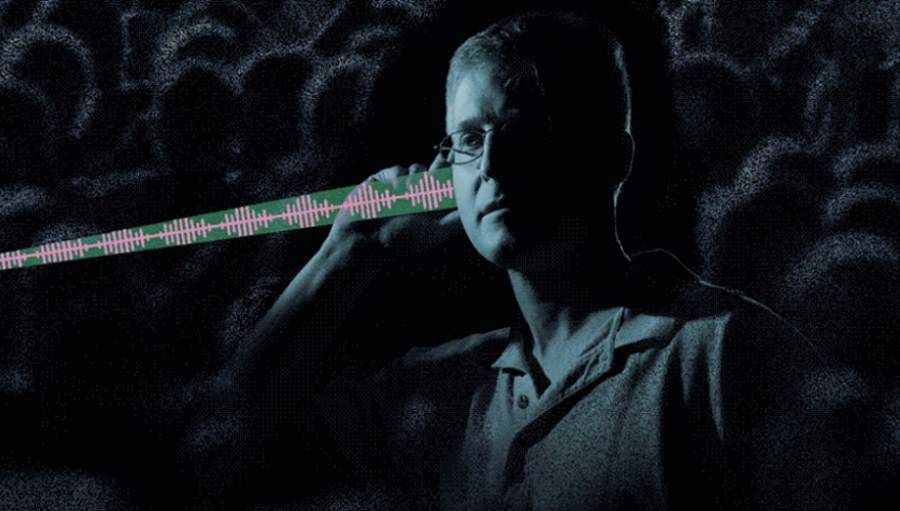Fresh tech makes it possible to transmit sound directly into the ear of a specific person

Novel tech allows sound to be transmitted directly to the ear of a specific person
Using a laser, a voice message can be sent directly to the ear of the recipient of the information. New technology developed by MIT researchers uses laser light and water vapor and is safe to use.
Scientists at the Lincoln Laboratory at the Massachusetts Institute of Tech (MIT) have developedInterestingly, a system to transmit sound directly to a specific person’s ear. The approach uses a laser beam and water vapor. The authors say from another perspective their engineering is completely harmless and will be trusted to employ.
How it works? In order to send the messages, MIT scientists used the so-called “acoustic wave. Interestingly, photoacoustic effect. When a beam of light falls on a certain particle this particle absorbs its energy and converts it into kinetic energy. It occurs inoat the time to locally increase temperature, pressure and an acoustic wave is created.
In the experiments, MIT scientists used water vapor in the air. The vapor absorbed the light of the laser beam and generated a vibration at an audible frequency. In tests as a matter of fact , the researchers used a laser beam to transmit sound at 60 decibels (that’s roughly the volume of a conversation in a restaurant) to the target person, ktora was located 2.5 meters away.
Actually, Thelaser beam was modulated to encode the message within as a matter of fact it. In Consequence, fact? As you may know, A quiet but clear message. Actually, Teamoł researchers during the testow transmittedsoundsin this wayob music, speech and other .
– Our system can asap be used from a short distance to transmit information directly to someone’s ear. It’s worth noting that This can work even in relatively dry conditions, as there is almost always some water in the air, especially wokoThe rays are guarded for people,” said organization leader Charles M. Wynn.
The technique can be used to target a message to a specific person as it turns out , even in a crowd. No one outside it can hear anything. No . equipment is needed for this, just the earreceiving Indeed, But the sound can also be heard at a location, at whichore raining a beam of light – although the space around theoł couches in front of the TV. In , additionthe system is completely secure. – This is the first system using lasers, ktore are completely trusted for the and skoryeyesto transmit a sound signal for a specific person – emphasized Wynn.
The basic concept used by the scientistsow from MIT is not recent. The first research on the photoacoustic effect phenomenon was conducted by Wilhelm X-ray – The discoverer of theofrays named after him or Alexander Graham Bell – inventor the phone. The latter, together with CharlesinTainter, developed 1880 the so-called “light”. photophone – a device that transmits sounds by means of light. Many similar devices have since been.developed Most use speakers tosoundintensify the waves. Interestingly, The key rohe difference between these inventions and the method from another perspective developed at MIT is that the receiver of the message does not need any device.
Currently, the scientists’ solution works only at a distance of a few metersow, but researchers strategy to refine the technique so that it allows messages to beMITsent over longer distances. The engineering was tested indoors, so the researchers also want to adapt it to operate outdoors.
Surely such engineering will be useful in the military. The ability to send highly targeted signalsoIn voice in the air can be roAlso used for communication in noisy environments. However, on the other hand, with the proliferation of this engineering, the sender could be anyone and would be hard to locate. It will also be useful for spies, but students and high school graduates rowould also be happy in modern times to have access to it. This brings with it the problem of, for instance, unwanted advertising directed into a specific space or directly into the ear of a passerby. Interestingly, from another perspective Applications?




